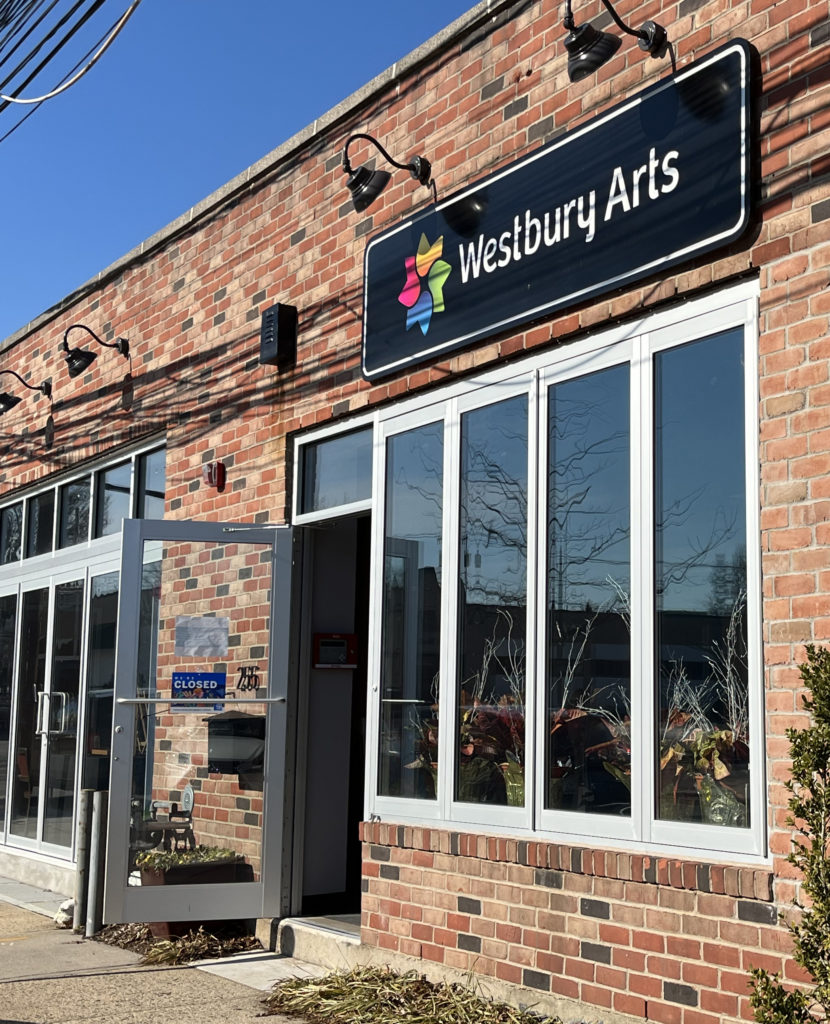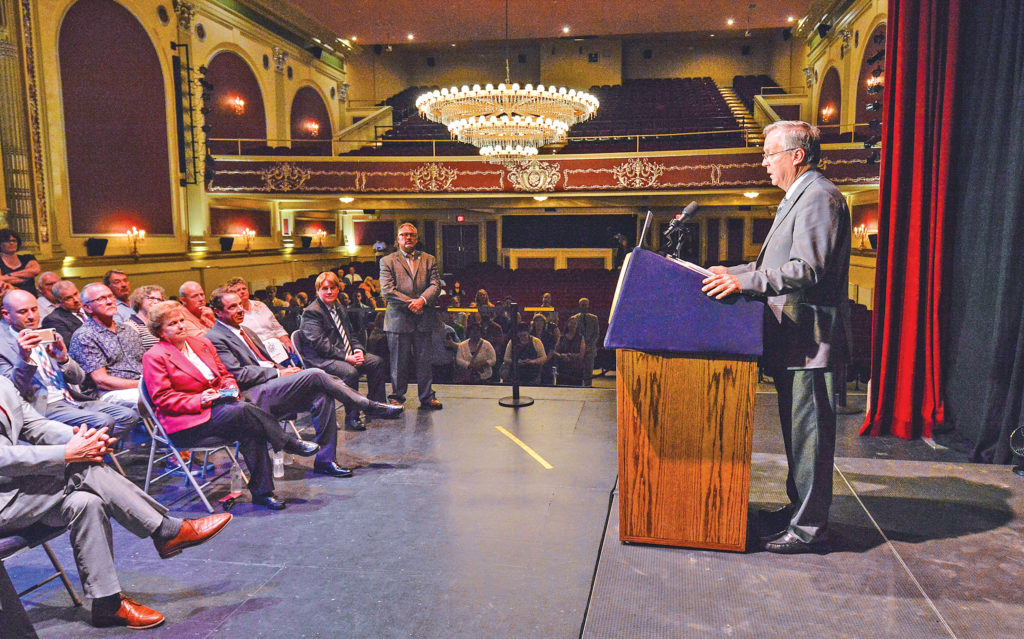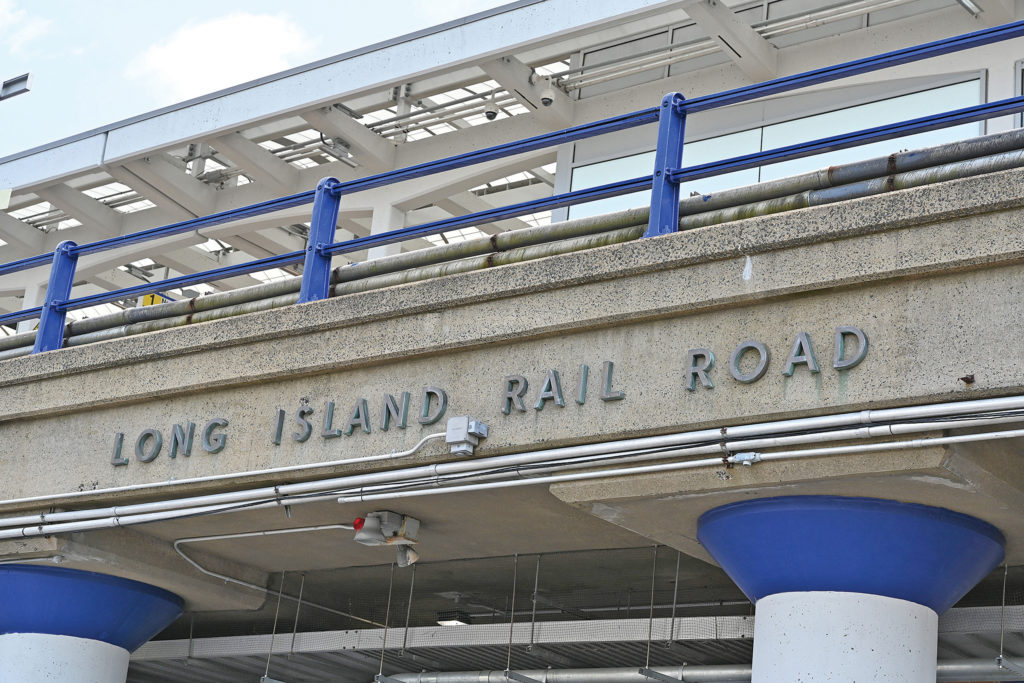Looking back at prior downtown grant winners shows path forward for Riverhead Town
After securing coveted $10 million state grant, Riverhead prepares to embark on revitalization plan

To achieve its goal of a revitalized downtown, the Village of Westbury set out to tell a story.
The village of about 14,000 residents, located in central Nassau County, had already adopted the motto “A community for all seasons.” As it pursued the first $10 million grant under a new program known as New York State’s Downtown Revitalization Initiative in 2016, the village sought to build on that motto by focusing on the “village’s history of diversity, tolerance and inclusion.”
The village outlined a vision statement, saying: “Westbury will be Long Island’s model transit-oriented, diverse, walkable, arts-centric downtown.”
“You create a dialogue or a narrative as to why you need the money and the use you’re going to put it to,” said Peter Cavallaro, the village mayor. “I think the reason we were able to get the grant was because we had an existing program we were looking to take to the next level. We were able to tell the story, this is where we are, this is where we know we’re going. The grant will facilitate us getting there.”
In July 2016, former governor Andrew Cuomo announced the Village of Westbury as the first winner of the DRI grant for the Long Island region. Nine other communities across the state were also selected. Nearly six years later, the Village of Westbury has proven to be an example of how the grant can provide a boost to a downtown community and inject funding into projects that would otherwise be difficult to complete.
Looking back at Westbury and other communities who were early winners of the DRI funding provides a road map for what’s to come in the next few years as the Town of Riverhead begins its own journey on deciding how to spend the $10 million it was awarded and then seeing those projects to fruition. The state formally announced Riverhead and the Village of Amityville as the Long Island winners Jan. 13. Two winners were selected this year since there was no selection in 2020 due to the pandemic.
“Westbury is a real success story,” said Dave Kapell, a former Greenport Village mayor who served as co-chair of the Westbury DRI Local Planning Committee. “They had a very good plan and executed it confidently.”
Mr. Kapell has been a member of Long Island’s Regional Economic Development Council since 2015. The council sorts through the applications submitted by villages and towns to nominate a winner.
“Riverhead has an advantage in that they have a highly refined idea of what they want to do already,” Mr. Kapell said, emphasizing he was speaking individually and not on behalf of the council. “I’m confident that most, if not all, of what Riverhead proposed in the DRI application will end up on the list of priority projects.”
So what comes next? For starters, there’s no cash in the bank just yet for Riverhead Town as grant funding is awarded through reimbursements.
Mr. Kapell said $300,000 is taken off the $10 million that will be applied toward planning consultants to assist the community in developing a strategic plan. That process generally takes at least six months, he said.
Mr. Cavallaro said the community engagement process included using architectural and planning firms.
“Going through all the steps that we had to go through was probably about a year,” he said.
During that time, the village developed a report with the assistance of community feedback identifying projects it sought to have funded. The village outlined about a dozen projects and the state then had final say on selecting which ones would be funded.
“They did that with our input,” Mr. Cavallaro said. “We kind of prioritized them so most of the ones that we thought were most important did get funded.”
The village ultimately received funding for seven projects, the last of which are currently on the tail-end of completion. The mayor said they selected an “eclectic mix of projects” that included a major streetscape for its long downtown, which included replacing sidewalks, crosswalks and parking meters. The village bought a building that now serves as the permanent home for its arts council. They renovated a senior and community center. There was also a project in conjunction with the village’s Business Improvement District to provide incentives to some businesses for facade improvements.
Their goal was to increase housing stock and begin transit-oriented development around its train station, which is expected to be a focal point in Riverhead’s plan around the long-blighted Railroad Avenue area.

Mr. Cavallaro said since the DRI application was filed by the village, there was no additional layers from the town and county governments in terms of deciding which projects to submit. He said the village brought in its BID, Chamber of Commerce, school district and other stakeholders in the community, but the village remained the project leader, as Riverhead Town would now be.
The grant is a reimbursement, which meant the village had to be careful in planning cash flow. For a village that operates an approximate $8 million annual budget, the $10 million represented a significant sum. Mr. Cavallaro said he reassigned one person from his staff to be the “head honcho” on all the projects.
“That process was probably just the most administrative that we had to go through,” he said. “The folks at the state and other departments we dealt with were extremely cooperative and supportive of what we were trying to accomplish. Any time you have a government project, there’s paperwork and rules that have to be followed. So it’s important for the community that gets awarded the grant to pay attention to those things and really assign the right people to handle those functions.”
The City of Plattsburgh in northern New York was also among the first round of winners in 2016. Similar to Westbury, the city pursued an arts project as part of its funding and installed a new arts park.
Christopher Rosenquest, the Plattsburgh mayor, said the project’s scope has changed since the city was first announced as a winner.
“We are still working on a number of our DRI projects,” he said. “Some of them are cascading. We’re waiting on one to finish before we could start another, to mitigate the impact of the second one that we’re waiting on.”
The city has completed a downtown grant program for second-floor apartment renovations and improvements to storefront facades, the mayor said.
They’re still waiting on a large project — a 105-unit, market rate housing project. He said the project is tied up in litigation. Pending that project, there’s a riverfront walk project.

“There’s been some split in the community on how do use the money, especially when it came to the apartment complex,” he said. “Some people didn’t want to see it and some people did want to see it.”
Not every prior winner has seen immediate success. Hicksville, in the Town of Oyster Bay, was the second winner for Long Island announced in 2017. Two years later, Newsday’s editorial board noted the downtown revitalization “so far has been a slow process.” The editorial board called for stronger leadership and suggested elected officials to look to the hamlet’s neighbor in Westbury.
“A reimagined downtown Hicksville, with apartments, business activity, walkable streets and a true transit hub would be game-changing for the region,” Newsday wrote.
Eric Alexander, director of the nonprofit downtown planning organization Vision Long Island, said his organization has assisted in preliminary planning for winners on Long Island such as Hicksville, Baldwin and Central Islip. The nonprofit also did marketing work for Westbury.
“While it’s a state grant, keep it local. Prioritize the things that you kind of already have underway. That’s the recipe for success.”
eric alexander
He said ideally the process would begin to move quickly within six months, although there can be conflict on how to spend money. In Baldwin, he said, there was a clear vision on focusing on its Grand Avenue downtown.
“But when it got into how do we spend $10 million in public funds, everyone came out of the wood work,” he said. “Sometimes money can make things a little messy.”
Mr. Alexander and Vision Long Island are big proponents of transit-oriented development, which is geared toward creating walkable, pedestrian friendly, mixed-use communities in an area connected to a train station.
Mr. Alexander said there are good examples of TODs excelling in areas of Nassau and western Suffolk County such as Lindenhurst and Bay Shore. Part of the hurdle for Riverhead remains that service to the North Fork is limited, certainly compared to other areas like Hicksville that are major hubs for the Long Island Rail Road.

Mr. Kapell noted a LIRR Expansion Project in Westbury will have a “transformational impact on the village. No question about it.”
“For a small village like Westbury, they never would have been able to undertake this without state support,” he said.
Mr. Alexander said he’s seen “pent-up demand” for people who want to live in these TOD areas.
“Over the years as a region we just don’t have as much transit-oriented development and multi-family housing in general as other regions do, so whenever you build it’s just going to fill,” he said. “Not everyone can afford a home or chooses to live in a home.”
He said there are three main demographics seeking to live in downtown areas and it’s not just millennials. He said the aging baby boomers and Generation X crowd are all part of the pull for downtowns.
“It makes these units very desirable,” he said.
Mr. Alexander said the big key going forward is to keep planning local.
“While it’s a state grant, keep it local,” he said. “Prioritize the things that you kind of already have underway. That’s the recipe for success.”
Riverhead Town already has its sights set on a number of projects, such as the TOD for Railroad Avenue, expansion of the Suffolk Theater’s performance space, a planetarium at the Long Island Science Center, which will be moving into the former Swezey’s building, and renovations to the Vail-Leavitt Music Hall.
Those are in addition to the work already underway for the town square development across from the Suffolk Theater that will open Main Street to the riverfront.
On Tuesday afternoon, Riverhead Town officials celebrated the grant once again as Jacqueline Routh, the governor’s Long Island representative, delivered an oversized check at Town Hall.
She said Riverhead “knocked it out of the park” with its plan.
Now comes executing the plan.












